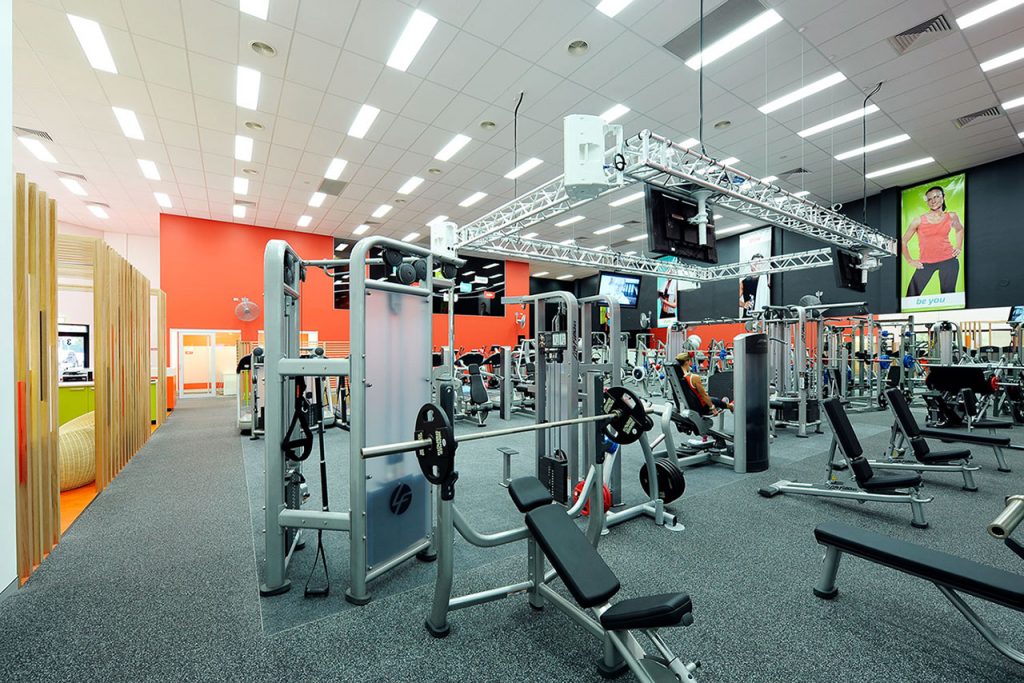Thanks to our partners at Tribe Social Fitness, Personal Trainer Jaymes Gleeson discusses the benefits of weight training.
For thousands of generations stretching back two million years, human beings and our early ancestors have done three things with unrelenting consistency: walked, sprinted periodically, and lifted heavy things.
Our genetics have been hard wired to expect and perform best when regularly challenged to lift, push, press and maneuver weighted objects. All manner of health benefits are bestowed upon those who lift weights regularly:
- Increased muscle (increasing your aesthetic appeal)
- Increased metabolism (increasing the rate at which your body is able to burn fat)
- Increased bone mineral density (the best defence against osteoporosis)
- Increased strength (lowering your risk of injury and increasing your quality of life)
- Improved posture and support of your joints (reducing or eliminating chronic pain)
And plenty more…
While its importance and benefits are clear, equally, the risk of injury is ever present. So please hire a qualified and experienced personal trainer to guide you through the process.
The foundation of your routine should be the big compound lifts:
- squats, deadlifts, presses (bench and overhead), pull-ups, rows, dips, snatches, power cleans, clean and jerks
These engage multiple muscles while triggering your hormonal response systems. Bodyweight exercises have their place, but aren’t going to get you the strength and mass increases you’re looking for. As fitness guru Mark Sisson explains “testosterone only gets really anabolic when you start lifting”.
You need to get under some decent weight, enough so that your CNS (central nervous system) and endocrine system are fully engaged, but not so much that you can’t maintain proper form.
For the advanced lifter, or the intermediate with professional guidance, a popular routine is the 5×5 method:
- Compound lifts [five sets x five reps] This allows you to strike a balance between strength building and muscle hypertrophy.
- Done this way, your hypertrophy (muscle increase) won’t be purely sarcoplasmic, (muscle size without a corresponding increase in strength).
- Instead, the 5×5 method promotes myofibrillar hypertrophy: hard, dense muscle fibers that increase strength and size.
Spacing
If you’re lifting heavy and lifting hard, keep your workouts spaced at least a day apart and don’t lift more than 3 / week.
Because you’re doing big compound movements that will really shock your system, with an emphasis on intensity, three exercises per session should be perfect. That may not sound like much, but it’ll be plenty if you do it right.
The danger in overtraining is ever present when your motivation is high. It’s imperative to find the right balance. Injury and the release of the stress hormone (cortisol) are the enemies of progress.
The Non-Negotiables
The bedrock of your muscle building campaign are squats and deadlifts.They are essential. No excuses. They engage the most muscles and produce the biggest hormonal response.
Pressing movements are also crucial, both overhead and bench. Alternate both types of presses every session, using dumbbells and barbells.
Pull-ups are great, but weighted pull-ups are even better. Same goes for dips. Just try to get one pulling, one pushing, and one squatting exercise in each session.
An example for beginners (with the assistance of a qualified personal trainer):
Day 1
Squat 5 sets × 5 reps
Pull-ups 5 sets to Failure (add weight if “Failure” is becoming more than 12 reps)
Overhead Press 5 sets × 5 reps
Day 2
Squat 5 sets × 5 reps
Deadlift 1/2/3 sets ×5 reps (caution: deadlifts are technically difficult and exhausting, and this can cause your technique to suffer. Be guided by a professional)
Bench Press 5 sets × 5 reps
Day 3
Squat 5 sets × 5 reps
Pull-ups 5 sets x Failure
Overhead Press 5 sets × 5 reps
- Do this sequence every week (maybe Monday, Wednesday, Friday)
- Steadily increase the weight each session
- Once you’re making progress, feel free to add in other exercises like dips
- For more mass, more lactic “burn” (and more GH secretion), reduce your rest periods between sets or even superset them.
- Make sure you’re doing big movements while maintaining intensity and great form….and always make sure to squat and deadlift. Always. They produce the most testosterone, GH, and IGF-1.























